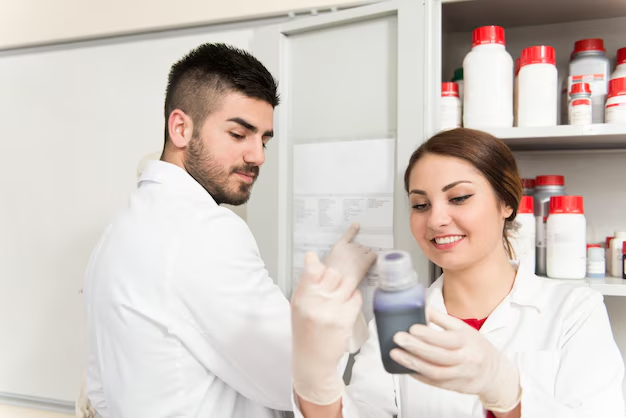How to Become a Clinical Pharmacist: Essential Degrees and Certifications
The journey to becoming a clinical pharmacist is as rewarding as it is rigorous, requiring a comprehensive blend of education and professional training. At the heart of this esteemed profession is the Doctor of Pharmacy (Pharm.D.) degree, an essential cornerstone that typically takes four years to complete. Accredited by the Accreditation Council for Pharmacy Education (ACPE), this program is designed to provide in-depth pharmaceutical knowledge and essential patient care skills. Following the Pharm.D., securing a state license is mandatory, which involves passing the North American Pharmacist Licensure Examination (NAPLEX) and often the Multistate Pharmacy Jurisprudence Examination (MPJE), or a state-specific exam on pharmacy law.
For those aspiring to specialize further, a postgraduate residency, spanning one to two years, is highly beneficial. This advanced clinical training helps pharmacists develop expertise in specific areas such as oncology, pediatrics, or psychiatric pharmacy. Additionally, certain certifications like the Board Certification in Pharmacotherapy (BCPS) can enhance one's qualifications and career prospects. Together, these steps not only elevate a pharmacist's ability to provide excellent patient care but also position them as key players in advancing healthcare outcomes.
Pathway to Becoming a Clinical Pharmacist:
- 🎓 Doctor of Pharmacy (Pharm.D.): A vital four-year program accredited by ACPE.
- 📜 Licensure: Pass the NAPLEX and the MPJE (or equivalent state examination).
- 🏥 Postgraduate Residency: Optional but recommended for specialty training.
- 📚 Board Certifications: Enhance expertise with certifications like BCPS.
- 🔍 Continuing Education: Stay updated with ongoing training and education.
